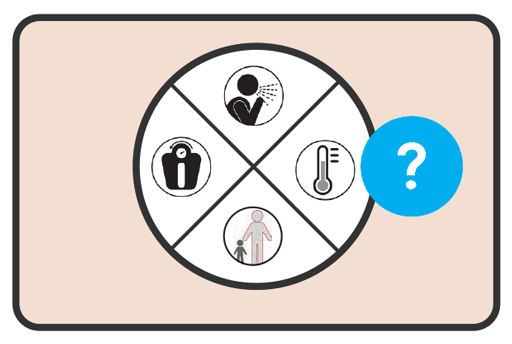References
1. Houben RM, Dodd PJ. The Global Burden of Latent Tuberculosis Infection: A Re-estimation Using Mathematical Modelling. PLoS Med. 2016;13:e1002152. doi: 10.1371/journal.pmed.1002152.
2. Global tuberculosis report 2020. Geneva: World Health Organization; 2020 (https://apps.who.int/iris/ bitstream/handle/10665/336069/9789240013131-eng.pdf, accessed 19 February 2021).

 Feedback
Feedback
 Children with HIV who are < 10 years should be screened for TB at every encounter with a health-care worker, with the following screen: cough, fever, poor weight gain or close contact with someone who has TB.
Children with HIV who are < 10 years should be screened for TB at every encounter with a health-care worker, with the following screen: cough, fever, poor weight gain or close contact with someone who has TB.